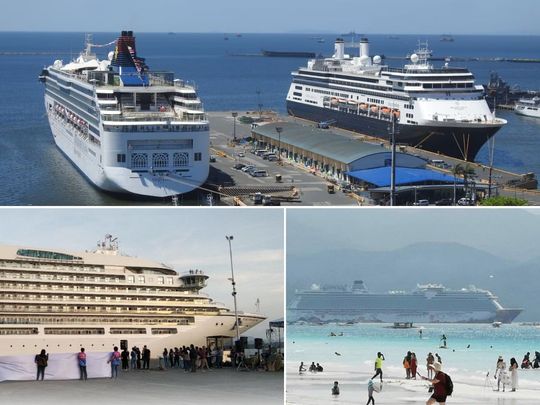
Manila: A single-visa for the 10-member Association of Southeast Asian Nations (ASEAN), similar to Schengen?
It's the most ambitious project yet for the region, home to 670 million people. It’s much talked about, yet achieved not much headway, so far.
This may change soon.
The ASEAN Unified Visa Scheme is a bold idea. Though not new, the joint-visa programme akin to the Schengen visa model (which covers 29 countries in Europe), is the ultimate goal of the Asian neighbours.
Here’s the lowdown on the unified ASEAN, Schengen-type visa proposal:
What is the name of the visa scheme?
Various names have been proposed at different times:
- “One Destination” ASEAN Visa
- Unified ASEAN Tourist Visa
- ASEAN Single Visa Scheme
- Common ASEAN Visa
- ASEAN Visa
What’s the big idea behind it?
The aim is to bolster the bloc’s travel trade – by attracting more long-haul and high-spending travellers to the region. What’s unclear, given the years the idea has been discussed, is how the states would like to get there.
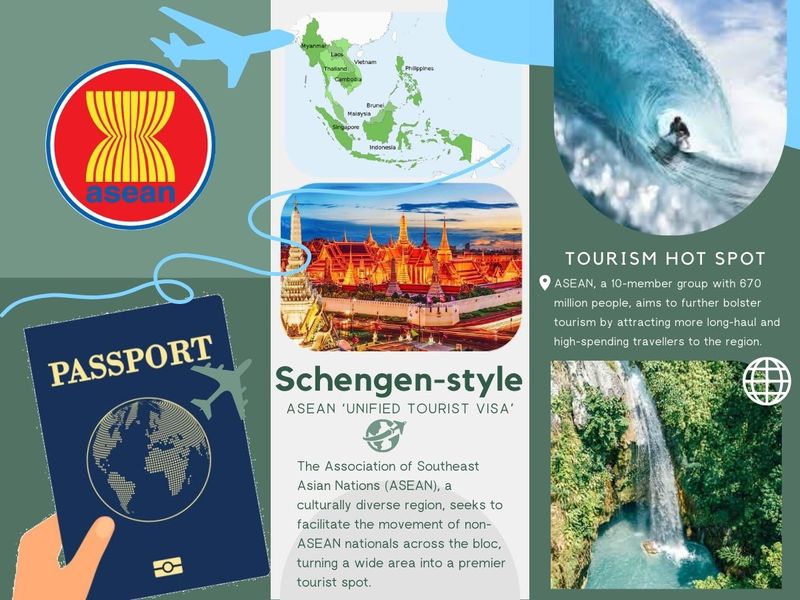
The ultimate goal: facilitate the movement of non-ASEAN nationals across the region, turning the wide and diverse area into a premier tourist spot. The concept has been under consideration for sometime, deliberated upon at summits and various ministerial meetings.
When did the idea start?
The idea has been on for decades. It gained momentum during the 2016 ASEAN Tourism Forum in the Philippines, where ASEAN member-states officially launched the ASEAN Tourism Strategic Plan (ATSP) 2016-2025.
What’s changed since then?
Recently, Thailand’s Prime Minister Srettha Thavisin reignited the initiative. The Thai leader’s proposal has garnered broad regional support.
The region's tourism sector has welcomed the proposal. If approved by member-economies, it would create a seamless Schengen-like mobility experience.
Which ASEAN members will be covered initially?
Under the current proposal, it would initially cover the six geographically contiguous mainland Asian countries: Cambodia, Laos, Malaysia, Myanmar, Thailand and Vietnam (CLMMTV).
Last year, these six countries collectively welcomed 70 million tourists, with Thailand and Malaysia leading, generating approximately $48 billion in tourism dollars.
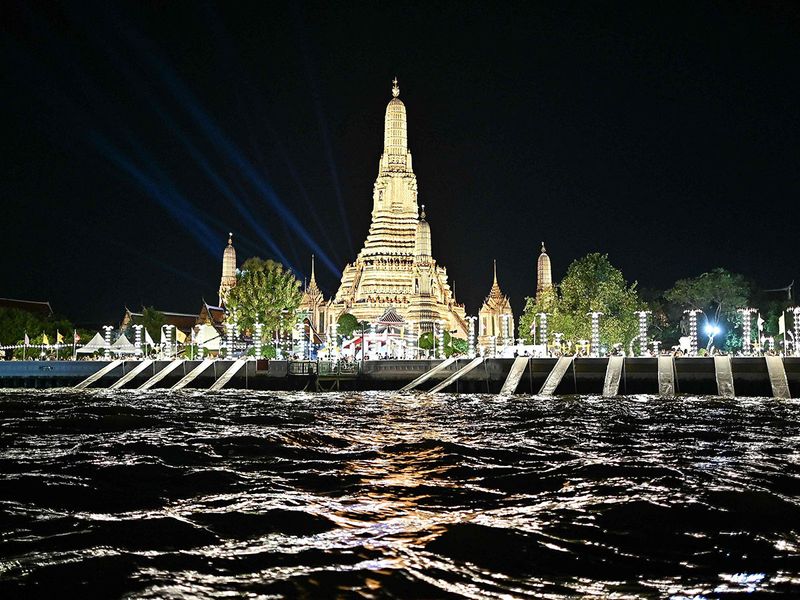
Thailand's tourism industry plays a crucial role, employing 20 per cent of its workforce and contributing 12 per cent to its $500 billion economy. With aspirations to welcome 80 million tourists by 2027, Thailand has streamlined entry for visitors from diverse nations and diversified its tourism offerings with events.
While it won’t directly rival Europe’s Schengen visa, the ASEAN visa could create the world’s second-biggest area of free movement, and represent one of the most culturally diverse regions on the planet.

Which ASEAN countries are not included in the proposed joint visa programme?
As it stands, the proposal does not include other non-mainland member economies:
- Brunei,
- Indonesia,
- The Philippines,
- Singapore.
How likely is a “unified” ASEAN visa to happen?
It remains under discussion with no set timelines. So it probably won't happen tomorrow. One major challenge: harmonising different immigration apparatuses, and databases. This is the biggest hurdle so far.
Here's why: unlike business or tax regime harmonisation, for example, harmonising immigration policies would be virtually impossible — without creating something akin to the European Union (EU), where countries are almost like one country in all but name. It’s currently hard to imagine how ASEAN could get to that point.
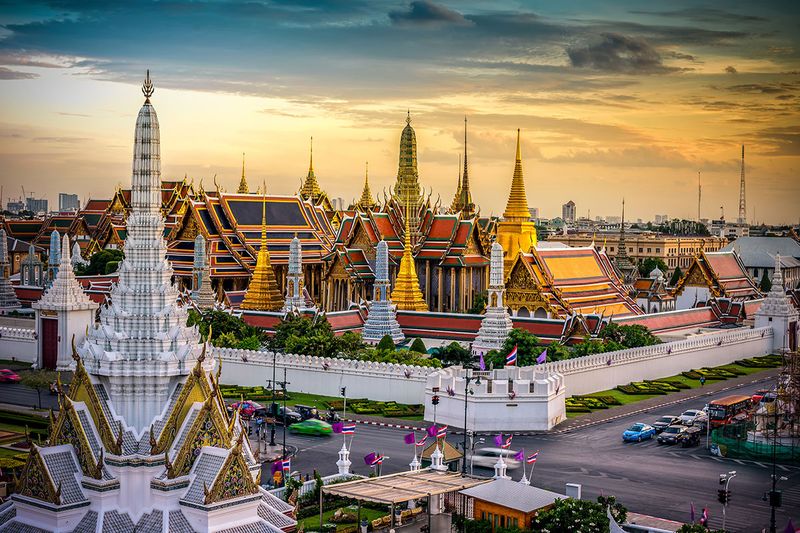
There are other challenges – such as coordinating approvals and establishing standard tourist criteria among participating nations.
Additionally, unlike continental Europe, the fragmented nature of ASEAN and its immigration database pose further hurdles.
Moreover, factors hindering the scheme's realisation include security concerns, internal sharing mechanisms, border control support, visa issuance synchronisation, human resource development, and infrastructure upgrades.

The success of the ASEAN joint-visa programme depends on how fast the states overcome bureaucratic hurdles and garner sufficient support from all participating nations.
Why should the Philippines sign up to the Unified ASEAN Visa scheme?
For one, the Philippines is a prime mover of this drive and is a founding member of the group. More broadly, it will strengthen institutional cooperation within the region. Windfall tourism from neighbouring countries would give other members net benefits.
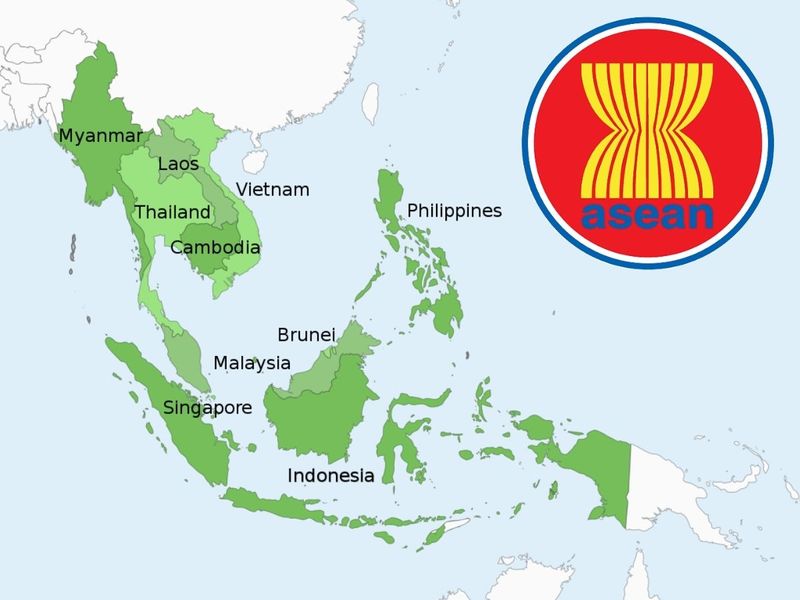
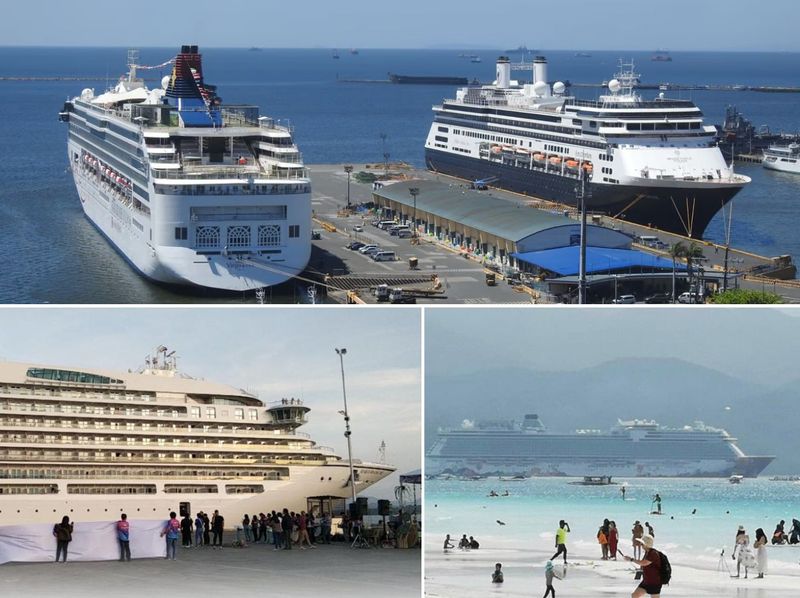
The scheme also promises to enhance ASEAN security governance by fostering closer inter-agency and regional cooperation, thereby improving border management capabilities, fostering greater ASEAN security governance.
And despite the challenges, the Philippines’s Bureau of Immigration (BI), Department of Foreign Affairs (DFA), and embassy officials anticipate the scheme’s overall benefits for the Philippines and the ASEAN region, according to a 2018 study.
A single application allows a traveller to obtain a multiple short-term visa in the member countries.
The full-member economies of APEC include Australia, Brunei Darussalam, Chile, mainland China, Hong Kong Special Administrative Region, Indonesia, Japan, Korea, Malaysia, Mexico, New Zealand, Papua New Guinea, Peru, the Philippines, Russia, Singapore, Taiwan, Thailand, and Vietnam.
The full-member economies of APEC include Australia, Brunei Darussalam, Chile, mainland China, Hong Kong Special Administrative Region, Indonesia, Japan, Korea, Malaysia, Mexico, New Zealand, Papua New Guinea, Peru, the Philippines, Russia, Singapore, Taiwan, Thailand, and Vietnam.
Why is a ‘scaled-down’ unified ASEAN visa more possible?
A scaled-down “unified ASEAN tourist visa” scenario involving initially the mainland Asian countries – say, for a limited period of 90 days – is more likely to be adopted, observed Ben Hart, Managing Director of Integrity Legal based in Bangkok.
This is because of the initiatives already in place. All member economies are pushing tourism Thailand has been pursuing various tourism drives, including reciprocal visa waiver deals and temporary visa waivers for travellers from key markets such as China and India.
Moreover ,Thailand has set lofty goals for itself – to elevate its status as a tourism hotspot as well as an aviation and logistics hub.
As a group, the 63-year-old ASEAN group aims to move forward with multiple areas of economic cooperation, technical and human resources, among others.
Still, the task is not easy given the challenges of having different foreign policies and disparate rules.
What happens next?
If countries in the region do embark on a common visa, it will mark heightened institutional collaborations within the region, help build greater integration towards a common ecosystem for their citizens and the wider world.
By allowing tourists to travel to any country in the region on one travel document, it will likely add more economic value and spur tourism.
Though it may not come very soon, ultimately, we may see a sort of pan-ASEAN visa coming to fruition at some point in the future.











